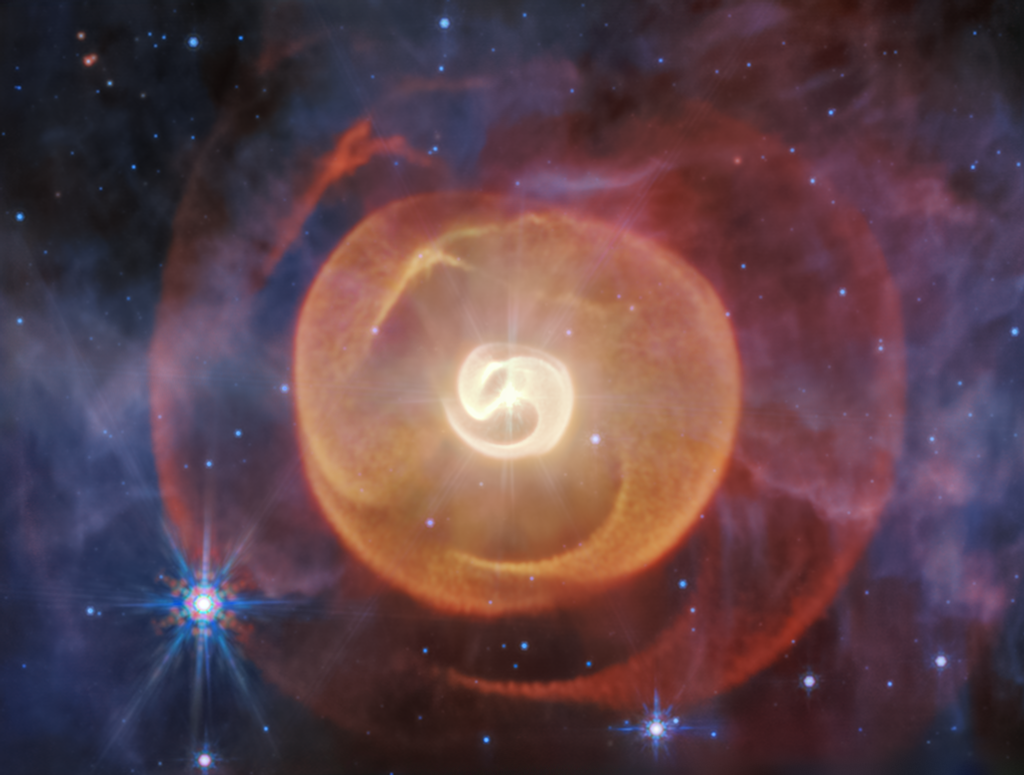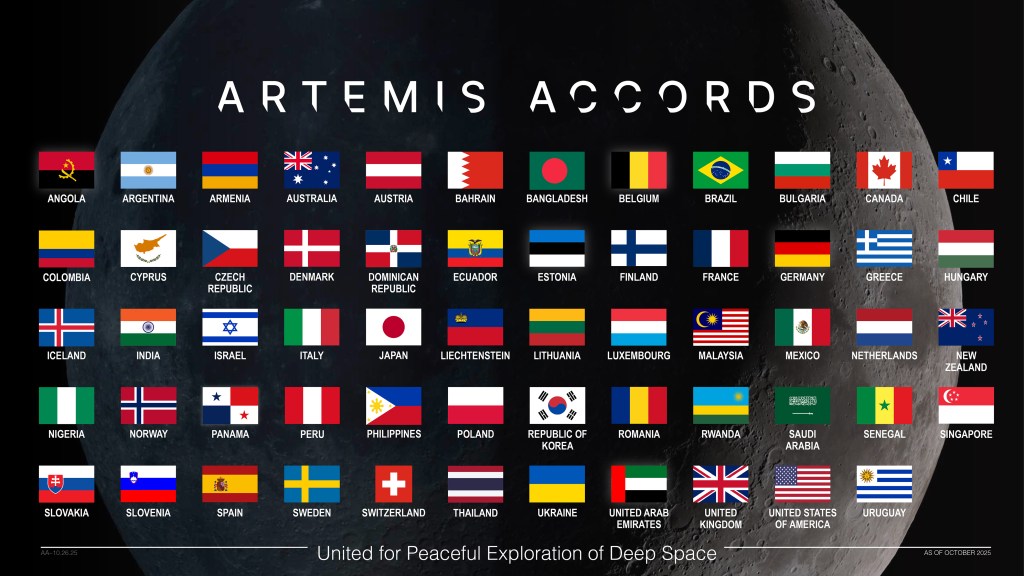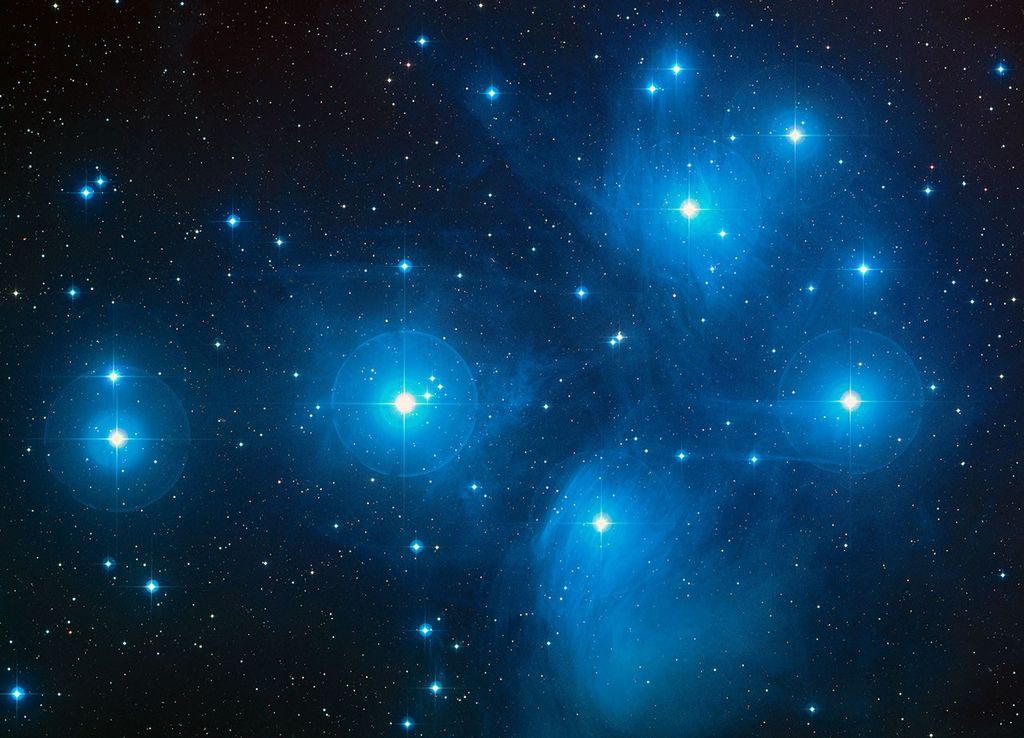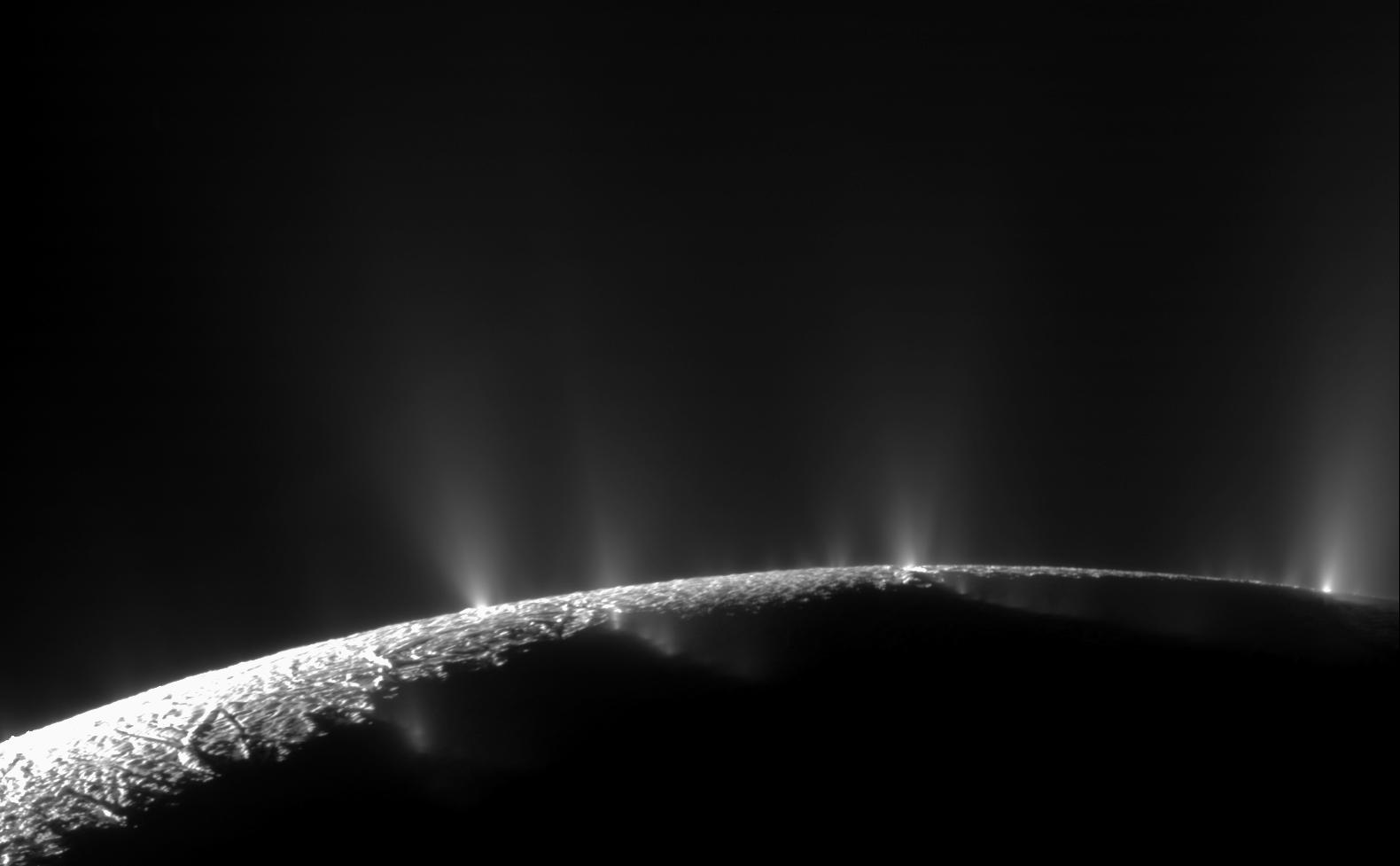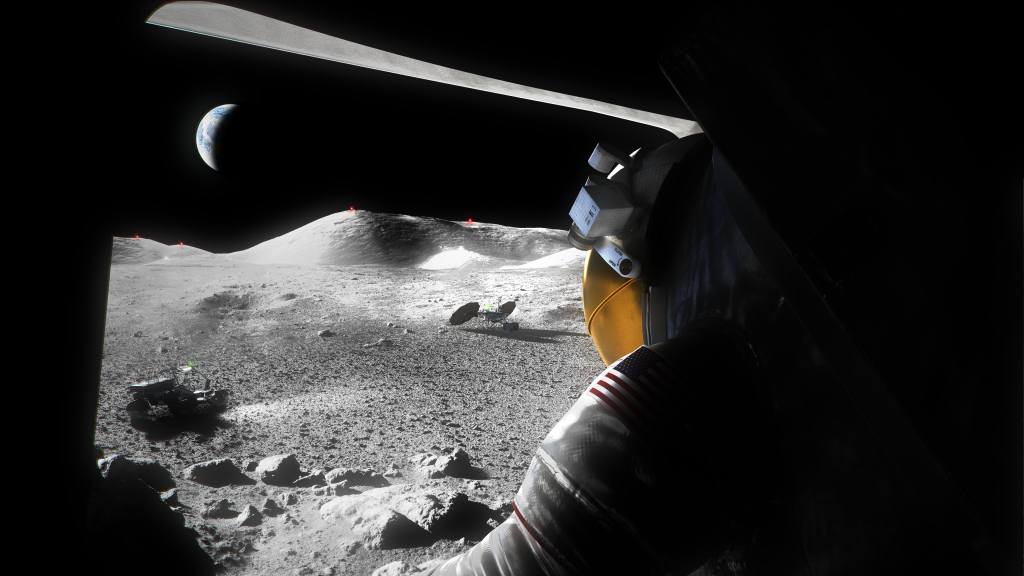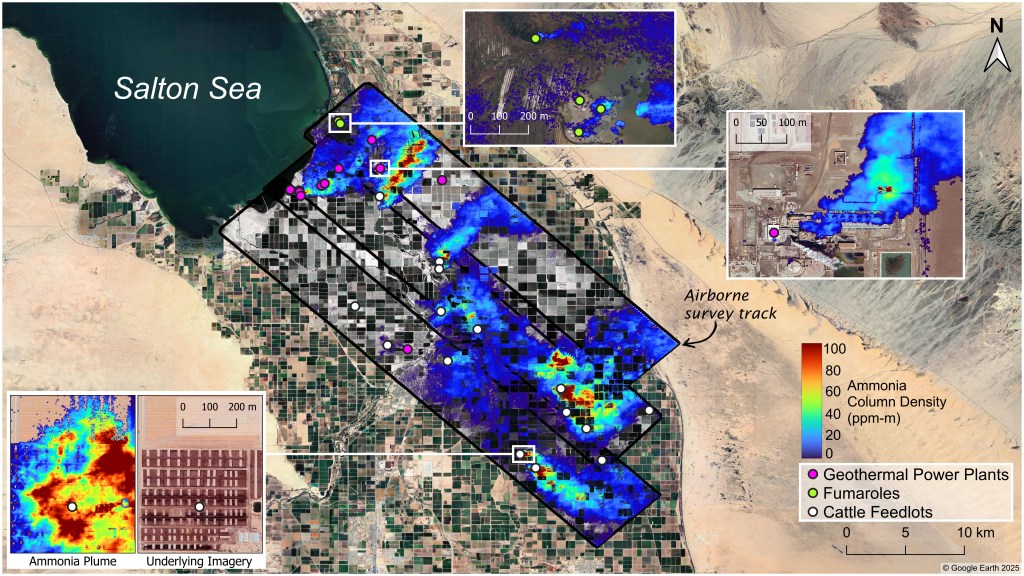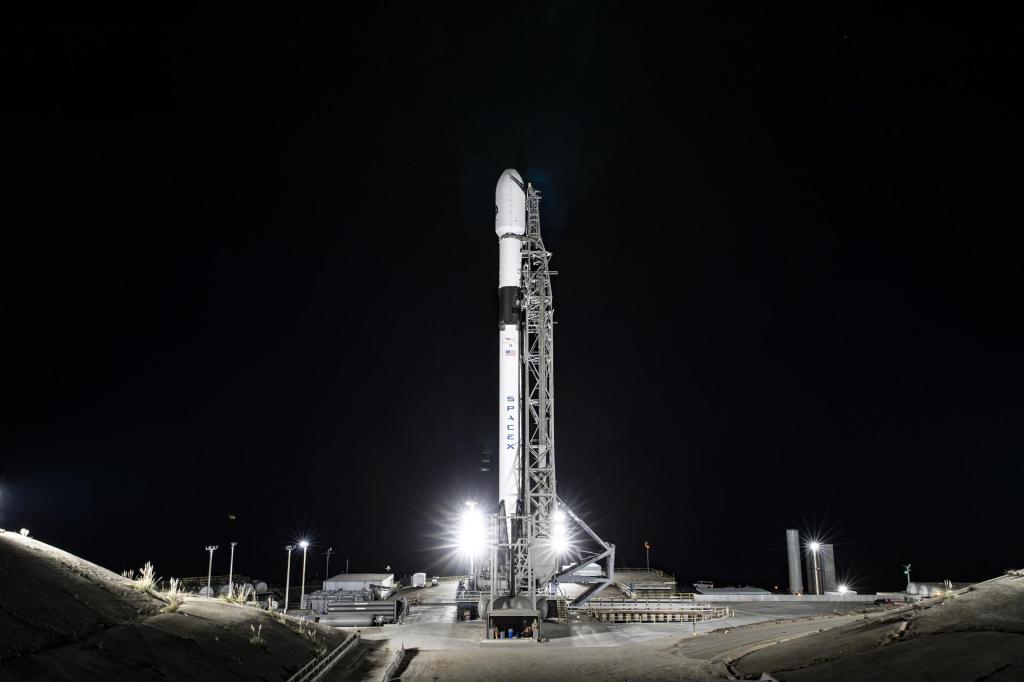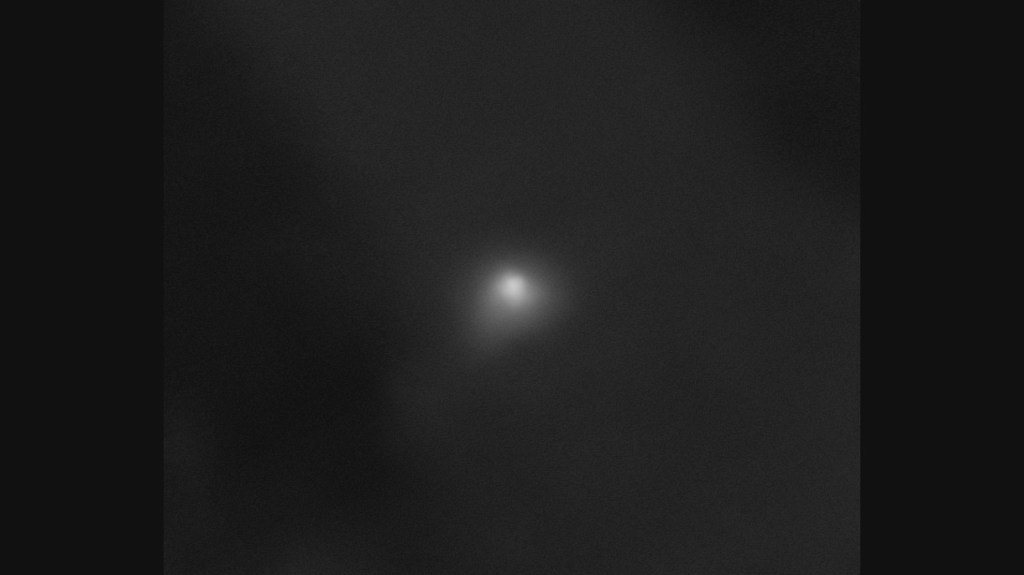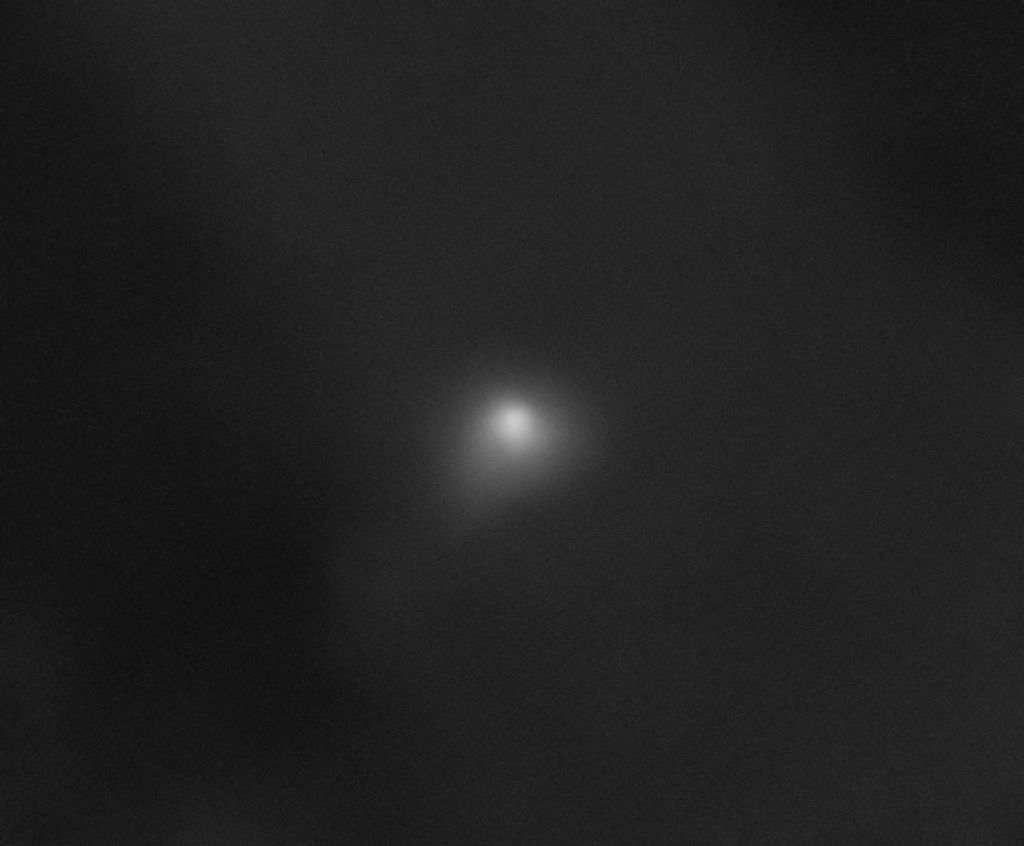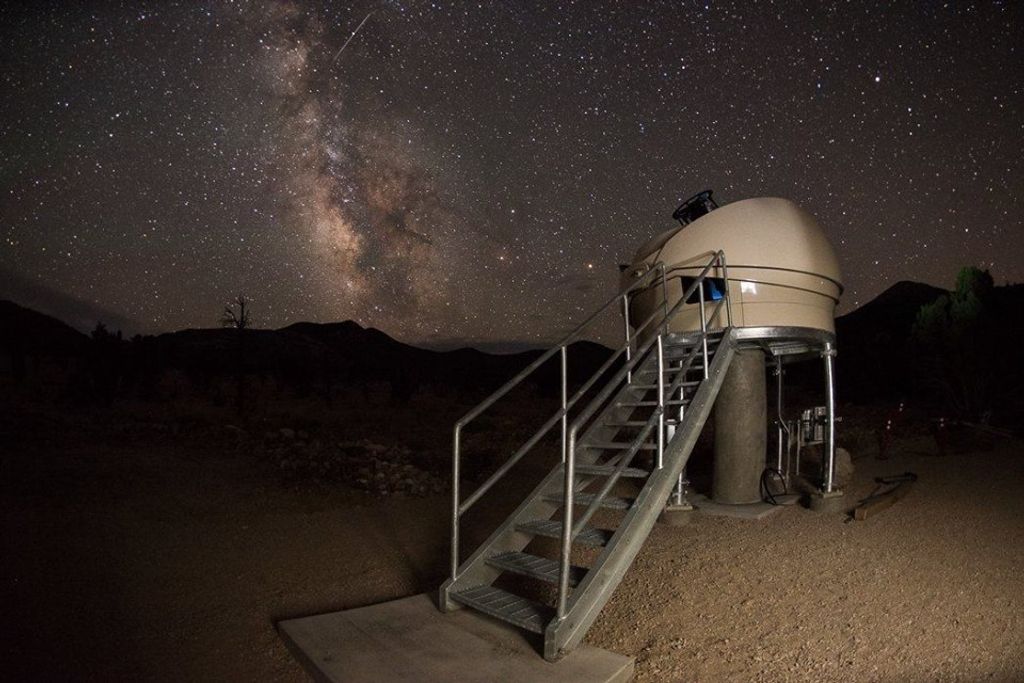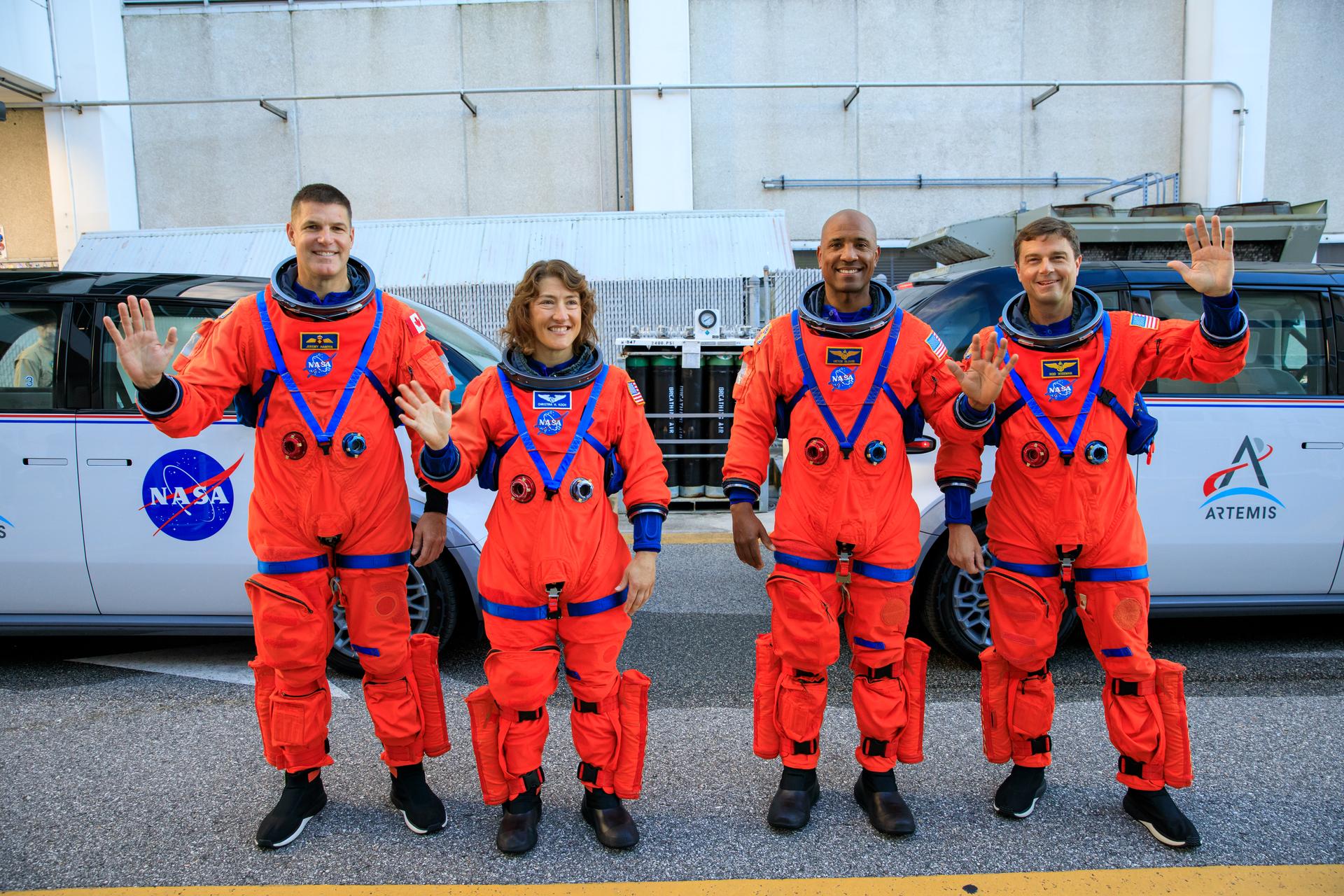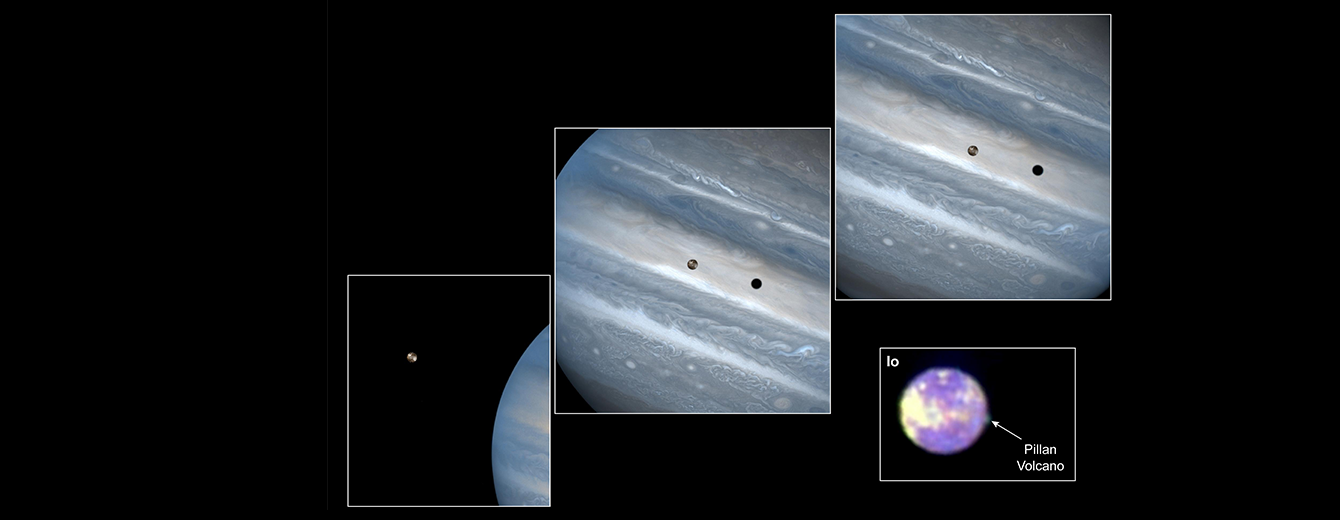Background Information: Hubble's Record Book of Celestial Objects
NASA's Hubble Space Telescope has gazed at a menagerie of heavenly bodies over its nine-year "run," from heavyweight stars in our galactic neighborhood to an assortment of galaxies far across space. After flipping through this large "scrapbook" of images, we have culled a list of celestial trivia about the Earth-circling observatory.
The telescope has logged 1.4 billion miles whirling around Earth, equal to 3,000 roundtrip excursions to the moon.
It has generated 6 terabytes of data, equal to about a two-mile-high stack of 1 million floppy disks.
The orbiting observatory has snapped 237,566 exposures and has observed 12,042 celestial objects.
Of the more than 12,000 heavenly bodies the Hubble telescope has observed, only a few have been selected for the observatory's "celestial awards." What is the most massive star the telescope has seen? What is the most distant object? Here are the award winners.
The most distant object: This was a tough one. The Hubble telescope has constantly been pushing the limits of its vision, peering farther across space than ever before. The current winner - if verified by further study - is an object, presumably a galaxy, that may be at the far-flung reaches of space. In 1997 the telescope's Space Telescope Imaging Spectrograph captured the spectral signature of this object, which may be 11.4 billion light-years away. This object existed when the universe was 5 percent of its present age.
The closest celestial object: The telescope didn't have to look very far to snap a portrait of the closest heavenly object: the Moon, our closest neighbor in space. The Wide Field and Planetary Camera 2 recently clicked an image of the 58-mile-wide impact crater, Copernicus, a most dramatic and photogenic target.
The inherently brightest and most massive star: The Pistol Star, a celestial mammoth located in our galactic backyard, is the runaway winner in these two categories. This heavyweight glows with the brilliance of 10 million suns. Astronomers estimate that the 1- to 3-million-year-old star may have weighed 200 times the mass of the sun before shedding some of its bulk in violent eruptions. Located in our Milky Way neighborhood, the star is 25,000 light-years away in the direction of the constellation Sagittarius. The Near Infrared Camera and Multi-Object Spectrometer peered through the dusty galactic center on Sept. 13, 1997 to capture an image of this star.
The biggest star: The behemoth Alpha Orionis, or Betelgeuse, wins the honors as the telescope's biggest star. Betelgeuse is so huge that its outer atmosphere would extend past Jupiter's orbit if it replaced our sun at the center of our solar system. The Faint Object Camera recorded the image on March 3, 1995. This red super giant is located in the constellation Orion.
The coolest star-like object: In November 1995 the telescope's Wide Field and Planetary Camera 2 and two ground-based telescopes joined forces to catch an elusive object called a brown dwarf. Estimated to be 20 to 50 times the mass of Jupiter, a brown dwarf is too massive and hot to be classified as a planet and too small and cool to shine like a star. Because they're so small and dim, these objects are hard to see. But the Hubble telescope uncovered Gliese 229B, a small companion to the cool red star Gliese 229, located 19 light-years from Earth in the constellation Lepus. This object is cool by celestial standards, registering no more than 1,300 degrees Fahrenheit.
The inherently dimmest object: The Hubble telescope went searching for the proverbial needle-in-the-haystack and found several of them: charcoal black comets that roam the Kuiper belt, a region of our solar system beyond the planet Neptune's orbit. Each icy comet is only several miles across and is very distant and faint. The Wide Field and Planetary Camera 2 discovered this icy rock on Aug. 22, 1994.
The most massive black hole confirmed by Hubble telescope measurements: In February 1994 the telescope's Wide Field and Planetary Camera 2 sniffed out a massive black hole in the heart of the elliptical galaxy M87, located 50 million light-years away in the constellation Virgo. Astronomers confirmed the existence of this compact, dense object by analyzing the light from a whirlpool of gas swirling around it. This gas was zipping around the black hole at 1.2 million mph, an indicator of a tremendous gravitational field. The black hole weighs as much as 3 billion suns but is concentrated in a space no larger than our solar system. A black hole is an object so massive and compact that nothing can escape its gravitational pull, not even light.
The "deepest" images of the universe in optical, ultraviolet, and infrared light: Astronomers fixed the telescope's gaze on a postage stamp-sized region of the heavens, not once but twice, to capture the "deepest" views of the universe. During each viewing campaign, called the Hubble Deep Field north and south, the orbiting observatory looked at a speck of sky for 10 consecutive days. Using the telescope's arsenal of scientific instruments, astronomers discovered a tapestry of galaxies, about 2,500 for each campaign. Some of these galaxies are about 11 billion light-years away and as dim as 30th magnitude, which is 6 billion times fainter than the human eye can see. These "core samples" will provide a better understanding of the evolution of the cosmos.
The Wide Field and Planetary Camera 2 was the workhorse for the Hubble Deep Field north campaign in December 1995. For this program, astronomers pointed the telescope at a spot of sky near the Big Dipper.
Astronomers headed "south" in October 1998, picking an area in the Southern Hemisphere in the constellation Tucana. By that time, the telescope had ultraviolet and infrared cameras on board: the Space Telescope Imaging Spectrograph and the Near Infrared Camera and Multi-Object Spectrometer. Astronomers took advantage of those capabilities, collecting optical, ultraviolet, and infrared light from faraway galaxies. The imaging spectrograph dissected light from a quasar 9.5 billion light-years from Earth. Quasars are energetic beacons of light at the active cores of distant galaxies. This light provides a powerful three-dimensional probe of the universe's hidden structure.

